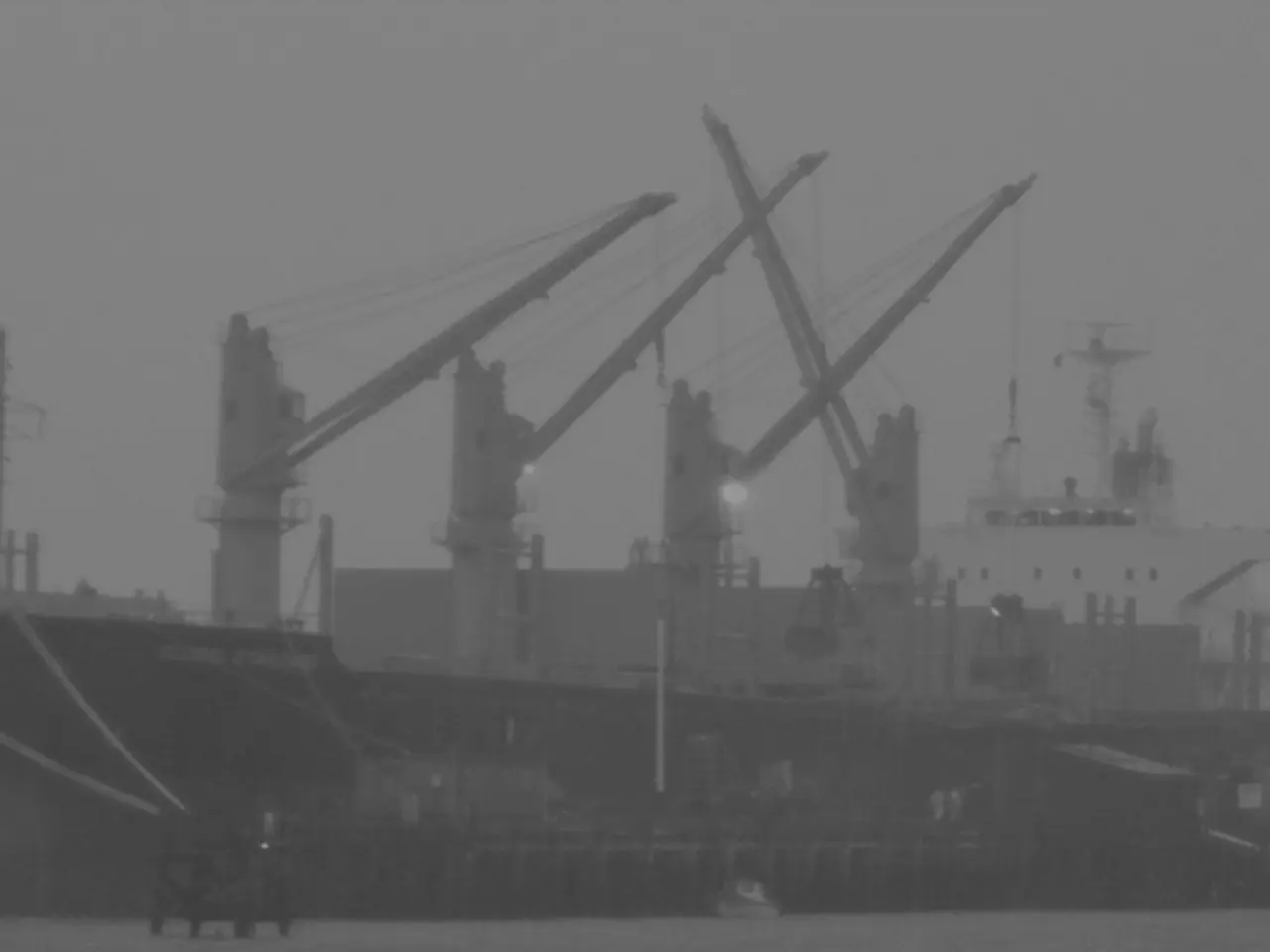Collision of Chinese ships during pursuit of a vessel marked by another confrontation in the South China Sea
In the vast expanse of the South China Sea, a collision between a China Coast Guard (CCG) vessel and a Philippine patrol boat has added another layer of complexity to the long-standing territorial dispute between China and the Philippines.
The incident, which occurred near the contested Scarborough Shoal, has resulted in substantial damage to the CCG vessel's forecastle, making it unseaworthy. The Philippine vessel, on the other hand, successfully evaded a water cannon attack from the Chinese navy.
However, the current condition of the crew members aboard the smaller Chinese vessel remains unknown. China's Ministry of Foreign Affairs has yet to confirm or deny the collision. In response, Manila asserts that the Chinese crew never responded to the Philippine ship's offer of assistance.
The South China Sea, a region contested by several countries, has been a flashpoint between China and the Philippines since 2012, particularly over the Scarborough Shoal and the Spratly Islands. The Philippines, under the leadership of President Ferdinand Marcos, has vowed to continue defending its sovereign rights over the region, with its navy set to play a significant role.
The collision comes at a time when China's claims in the South China Sea are under scrutiny. Critics argue that China's "nine-dash line" claim, which encompasses much of the sea, violates the United Nations Convention on the Law of the Sea (UNCLOS). The Philippines, along with many other countries, supports this view.
The South China Sea dispute is a complex mix of historical claims, colonial legacies, and 20th- and 21st-century geopolitical contestations, shaped significantly by international maritime law and ongoing diplomatic and military developments. The dispute involves broader regional and international issues, with the United States and other allies conducting freedom of navigation operations.
In recent years, China has been criticized for constructing artificial islands and deploying military equipment in the South China Sea. The latest announcements for a seabed research centre in the region may further inflame tensions.
Gan Yu, a Chinese coast guard spokesperson, confirmed a confrontation took place without mentioning the collision. The Chinese warship involved in the incident bears the number 164 on its hull.
As the South China Sea dispute continues to unfold, both countries will need to navigate the delicate balance between asserting their territorial claims and maintaining regional stability. The incident serves as a reminder of the ongoing tensions in the region and the need for diplomatic dialogue to resolve the dispute peacefully.
The latest confrontation in the South China Sea, involving a Chinese warship (No. 164) and a Philippine patrol boat, underscores the ongoing war-and-conflicts in the region and becomes another point of contention in the general-news sphere. This incident, which sparked a water cannon attack by the Chinese navy, also sheds light on the crime-and-justice aspect, as China's Ministry of Foreign Affairs has yet to acknowledge or refute the collision, and the current status of the Chinese crew remains unclear.






